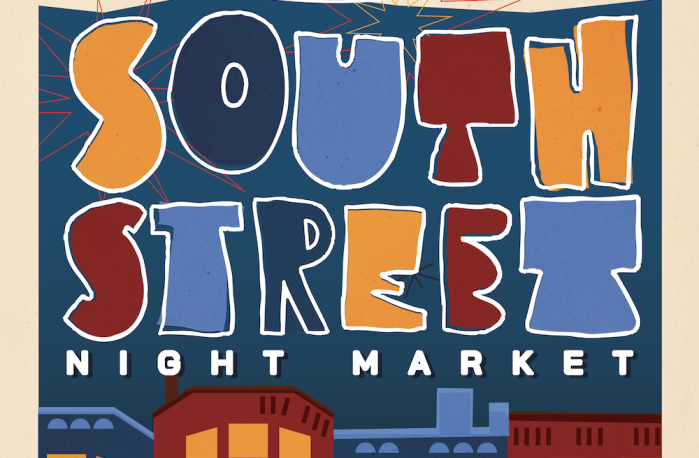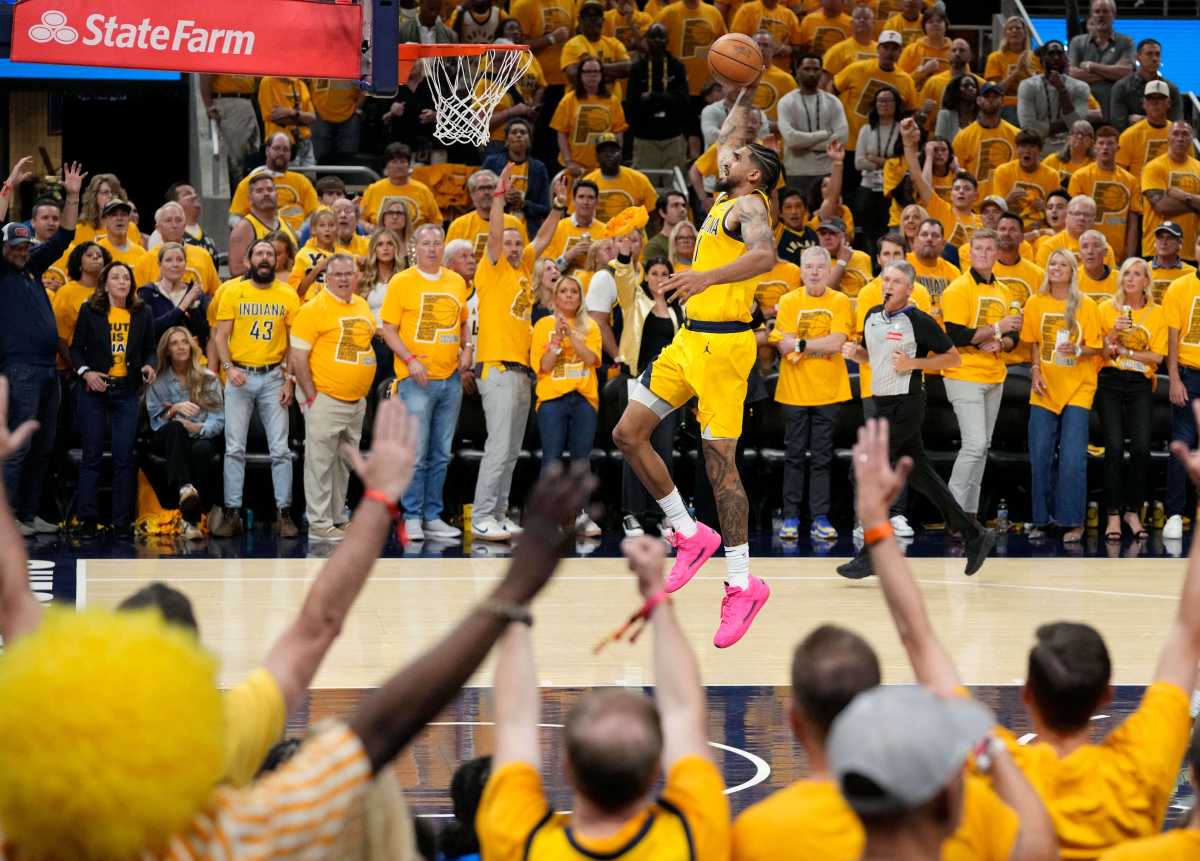 Artist Jeremy Holmes unveiled his largest installation yet, a massive ribbon-like wood sculpture designed for Drexel University’s Leonard Pearlstein Gallery. / Charles Mostoller
Artist Jeremy Holmes unveiled his largest installation yet, a massive ribbon-like wood sculpture designed for Drexel University’s Leonard Pearlstein Gallery. / Charles Mostoller
Jeremy Holmes’ sculptures feel like graceful scribbles come to life, as if the artist can scrawl lines in the air and have them solidify into solid wood. His new exhibition, “Convergence,” is his largest installation work to date and his first in Philadelphia. The piece fills Drexel University’s Leonard Pearlstein Gallery with ribbons and whorls of wood, filling the space and surrounding viewers.
“I want to create an energy, a flow that can be viewed from many different angles,” Holmes says. “I’m trying to draw the attention of the viewer to the whole volume of the room while also encasing the viewer in the work and allowing them to see what I saw as I was building it.”
The notion of scribbling isn’t far from the truth of the creation of Holmes’ work. Despite the monumental scale of “Convergence” — it curves and swirls around for 1,400 feet through the gallery space — he essentially “drew” the piece in the air, improvising in bent wood as he moved through the gallery. “It’s pretty free-form, pretty abstract,” Holmes says. “I react to the space and interact with the gallery with this material that I built and try to fill up the different spaces of the gallery in different ways so that the viewer can interact differently with the work in the space.”
Why he did it
“Convergence” uses five different types of wood: walnut, cherry, white ash, maple, and walnut, all northeastern hardwoods that are traditionally used in furniture making and fine woodworking. Those traditional applications are exactly what drew Holmes to utilizing those species in such a non-traditional way. He began creating bent wood sculptures in 2007, inspired by “wanting to do something unique in the material world,” he says. “I’ve always been drawn to the material’s rawness and purity and its wide uses and different functions. Bent wood is just a vocabulary that hadn’t been widely used in this way, so this challenges what it’s usually used for.”
How he did it
The Cooperstown, New York native makes the thin boards using traditional methods in his studio in Ithaca, soaking the wood in water and joining them using scarf joints that maintain the illusion of a continuous line and remain pliable. He then transports them on eight-foot wheels to the site where he creates his installation. Adapting the wood to the contours of the gallery draws attention to the physical attributes of a space normally meant to be invisible. “It gives people a perspective they’re not expecting in a gallery
setting,” Holmes says. “I want to push beyond the norm and inspire people to feel differently about what art is and how they can interact with it.”
If you go
Jeremy Holmes: ‘Convergence’
Through Sept. 28
Drexel University’s Leonard Pearlstein Gallery
3401 Filbert St.
Free, 215-895-2548
www.drexel.edu/westphal/resources/LeonardPearlsteinGallery































